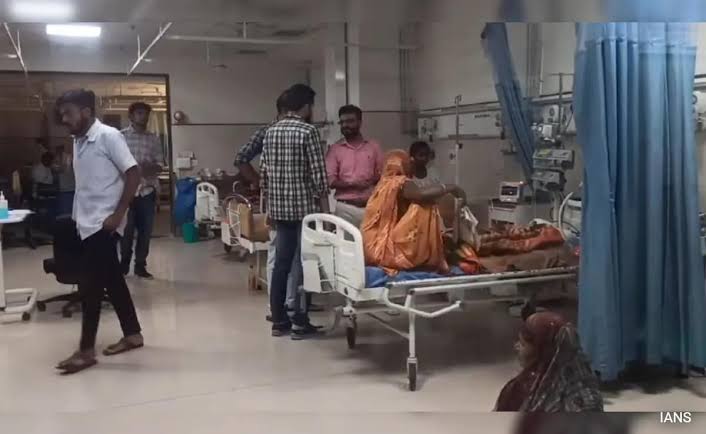With only one of the seven samples tested for the Chandipura virus coming back positive, the state government has urged caution, not panic. The update, from Gujarat Health Minister and government spokesperson Rushikesh Patel, comes amid growing concerns about the spread of the virus in the state.
Patel’s announcement follows a meeting between Chief Minister Bhupendra Patel and district collectors, district development officers, and district health officers from across the state to address the Chandipura outbreak, and the impact of recent rains.
The Chandipura vesiculovirus (CHPV), which causes the fatal disease seen mostly in children, is believed to be spread by the female phlebotomine sandfly, which is common during the early monsoon. So, state officials will now ramp up the spraying of insecticides in all districts, Patel informed.
Urging caution, Patel advised parents and guardians to take children to “big hospitals” in case of high fevers, since early intervention is the only known way to avoid mortality. “Getting the baby treated in the right place can halt the death rate,” he said.
The infection has been seen to progress rapidly—from just a high fever in the morning to liver and kidney damage by evening, leading to swelling of the brain tissue and death within 48 hours.
While samples are usually sent to the National Institute of Virology in Pune, any further samples would be tested at the Gujarat Biotechnology Research Centre in Gujarat, he also said, adding that facilities will also be put in place to aid patients at the district and sub-district level hospitals.
On July 17, the National Institute of Virology in Pune confirmed that the death of a four-year-old girl in Aravalli district was caused by CHPV. Gujarat has so far reported a total of 29 suspected cases, with 15 suspected cases already proving to be fatal. All the deceased are minors.
Previously, CHPV outbreaks in 2003–04 caused the deaths of more than 300 children across Gujarat, Maharashtra and Andhra Pradesh.



